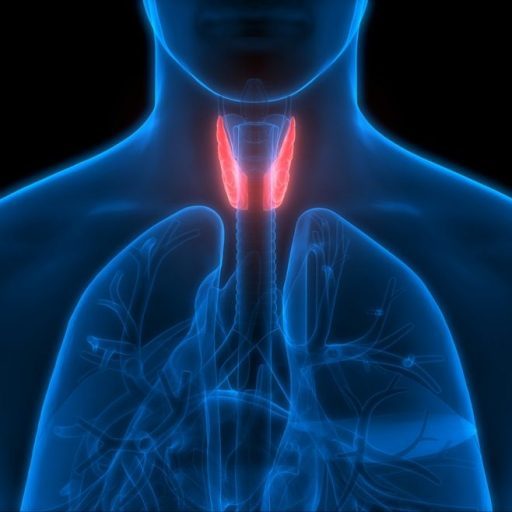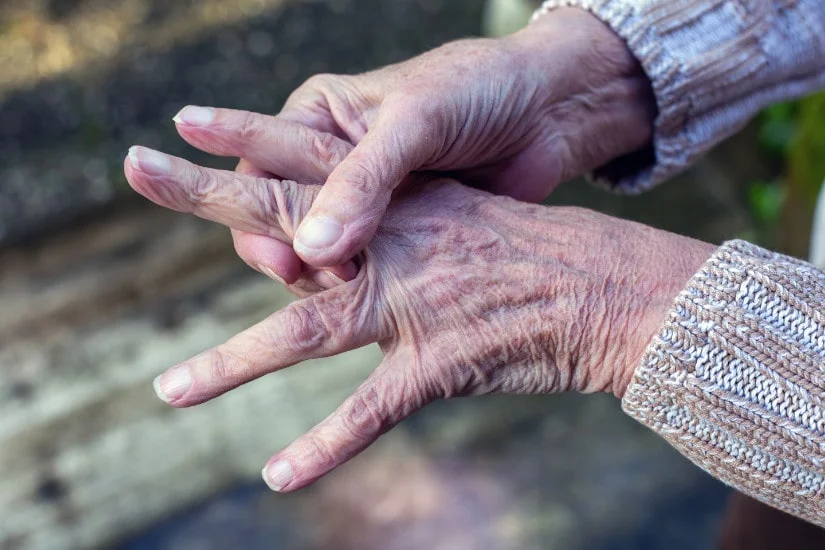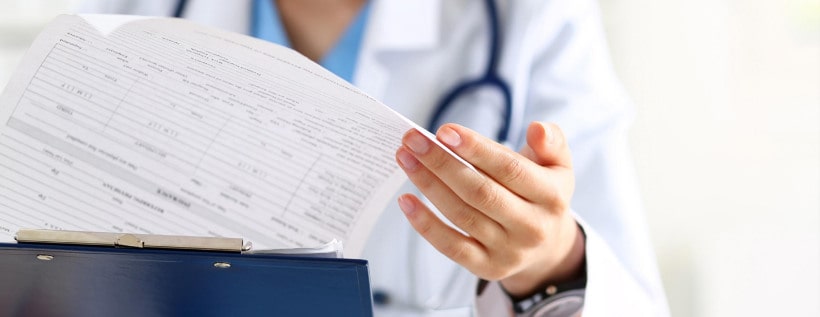Understanding the Causes of Osteoporosis
Osteoporosis often strikes silently, particularly in middle-aged women. Aging significantly contributes to this condition. Hormonal changes during menopause exacerbate bone loss. Genetics play a crucial role in individual susceptibility. Lifestyle choices, like diet and exercise, greatly influence bone health.
The Role of Aging and Menopause
As we age, bone formation decreases, tilting the balance towards loss. Post-menopause, women experience rapid bone thinning due to estrogen drops. This hormonal change significantly impacts bone density.
Genetic Factors and Bone Health
Genes regulate bone remodeling, involving osteoblasts and osteoclasts. Mutations can disrupt this balance, leading to osteoporosis. Understanding these genetic influences helps in early detection and prevention.
Lifestyle Influences on Bone Density
Calcium and Vitamin D are crucial for bone strength. Deficiencies in these nutrients increase osteoporosis risk. Regular physical activity strengthens bones, countering sedentary lifestyle effects.
Calcium-Rich Foods
- Dairy Products: Milk, cheese, yogurt
- Leafy Greens: Spinach, kale
- Fortified Foods: Orange juice, cereals
- Fish: Sardines, salmon
- Legumes and Seeds: Almonds, tofu
Recognizing Symptoms of Osteoporosis
Osteoporosis often remains undetected until a fracture occurs. Back pain from vertebral fractures is a common symptom. Posture changes and height loss indicate advancing osteoporosis. These symptoms highlight the importance of early diagnosis and treatment.
Identifying Early Warning Signs
Persistent back pain often signals vertebral fractures. A stooped posture, known as kyphosis, suggests spinal bone loss. Height loss, noticeable in clothing fit, also indicates osteoporosis.
Effective Treatment Strategies
A balanced diet rich in calcium and vitamin D is essential. Weight-bearing exercises improve bone health. Medications like bisphosphonates and Hormone Replacement Therapy (HRT) are effective treatments. These strategies help slow or reverse bone loss.
Effective Exercises for Bone Health
- Walking: A simple, low-impact exercise that maintains bone density.
- Dancing: Combines fun and fitness, strengthening bones.
- Weightlifting: Puts stress on bones, stimulating growth and density.
- Yoga: Enhances flexibility and balance, aiding bone health.
- Tai Chi: Improves balance and muscular strength, supporting bones.
Nutritional Approaches to Bone Health
Incorporating calcium-rich foods and vitamin D into daily diets is crucial. Leafy greens and fortified foods are excellent choices. Regular intake of these nutrients supports bone strength.
Exercise and Medication in Osteoporosis Management
Engaging in daily physical activities like walking or yoga benefits bone health. Medications should complement lifestyle changes for optimal results. Consulting healthcare professionals for personalized treatment plans is essential.
Consequences of Untreated Osteoporosis
Untreated osteoporosis leads to fragile bones and fractures. Osteoporotic fractures often result from minor falls. Hip and spinal fractures are particularly concerning. Early treatment significantly reduces these risks.
Understanding the Risks of Fractures
Hip fractures from simple falls can require long-term care. Spinal fractures may occur from everyday activities. These fractures highlight the critical need for early osteoporosis management.
The Link Between Osteoporosis and Thyroid Problems
Hyperthyroidism accelerates bone loss, increasing osteoporosis risk. Medications for thyroid issues can also affect bone density. Awareness of these connections aids in comprehensive health management.
Managing Thyroid Health to Prevent Osteoporosis
Monitoring thyroid function is crucial for bone health. Treating thyroid conditions effectively can mitigate osteoporosis risk. Regular check-ups ensure early detection and treatment.
Conclusion: Empowering Women with Knowledge
Understanding osteoporosis empowers women to take proactive health measures. Early prevention and treatment ensure better quality of life. This guide aims to educate and inspire women to prioritize their bone health.
The references below provide authoritative and detailed information on Levothyroxine, suitable for readers seeking further knowledge on this medication.
- Mayo Clinic – Levothyroxine (Oral Route) Side Effects
- Mayo Clinic provides detailed information on the side effects of Levothyroxine, an oral medication used for thyroid hormone replacement. This resource outlines both common and rare side effects, ensuring patients are well-informed about potential reactions.
- MedlinePlus – Levothyroxine Drug Information
- MedlinePlus offers comprehensive information on Levothyroxine, including its usage, dosage, and precautions. This government resource provides valuable insights into the medication’s prescribed purposes and potential side effects, contributing to patient education and safety.






